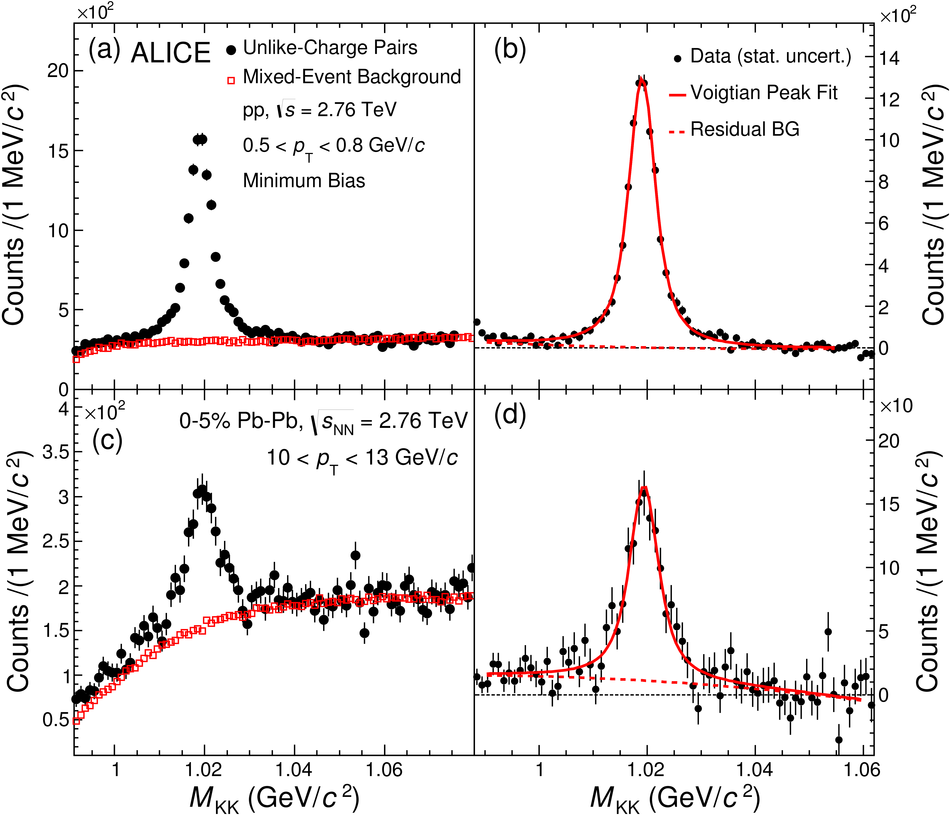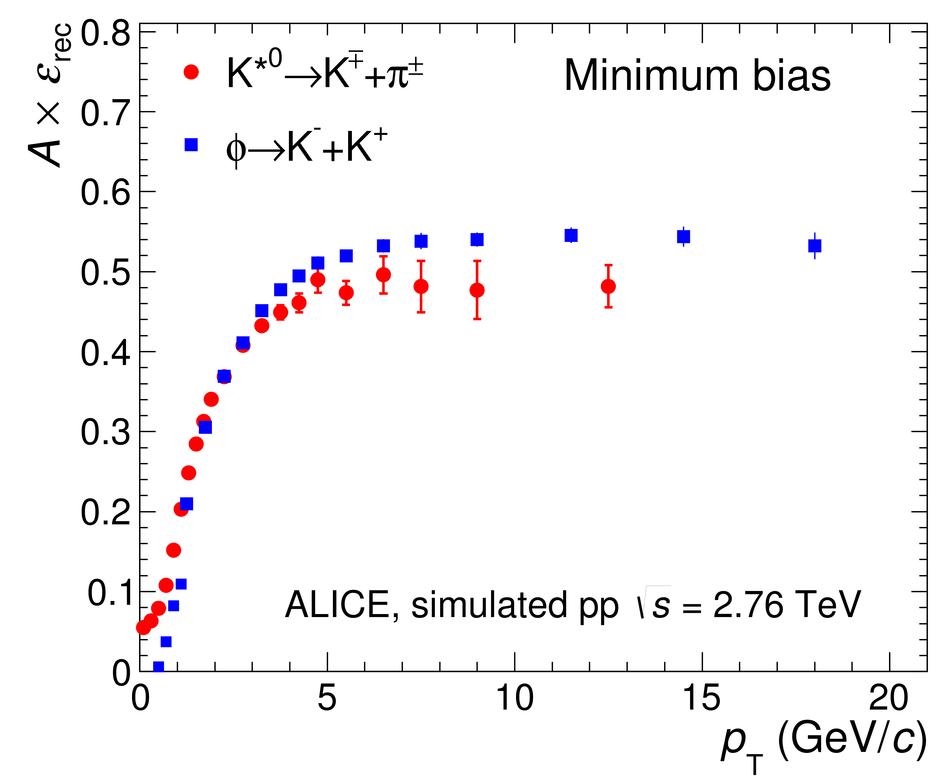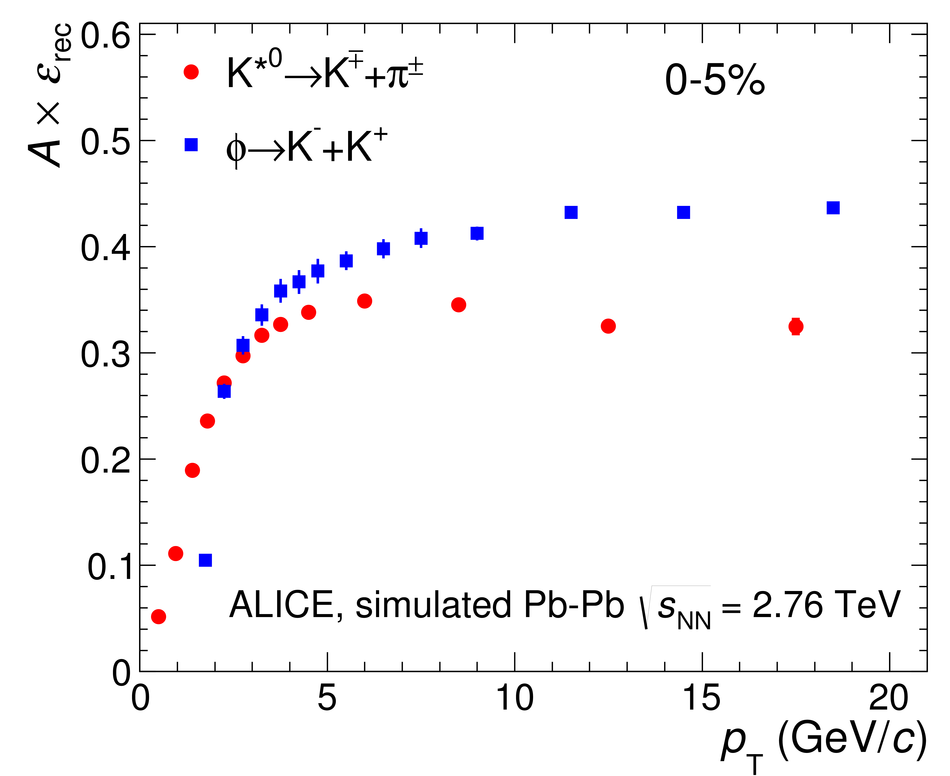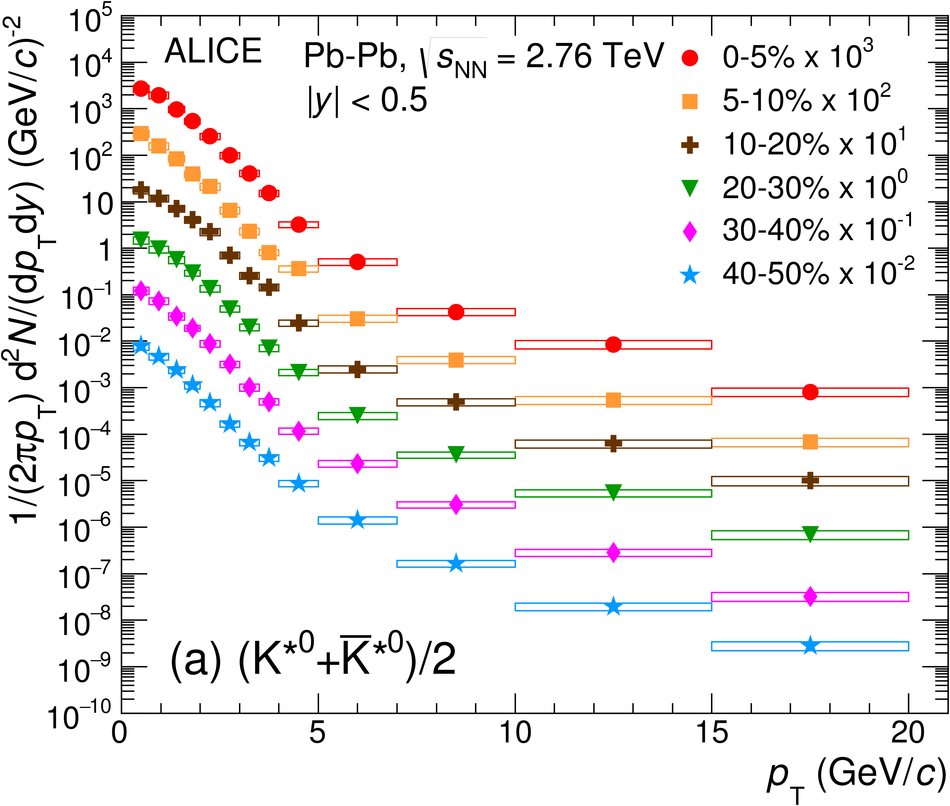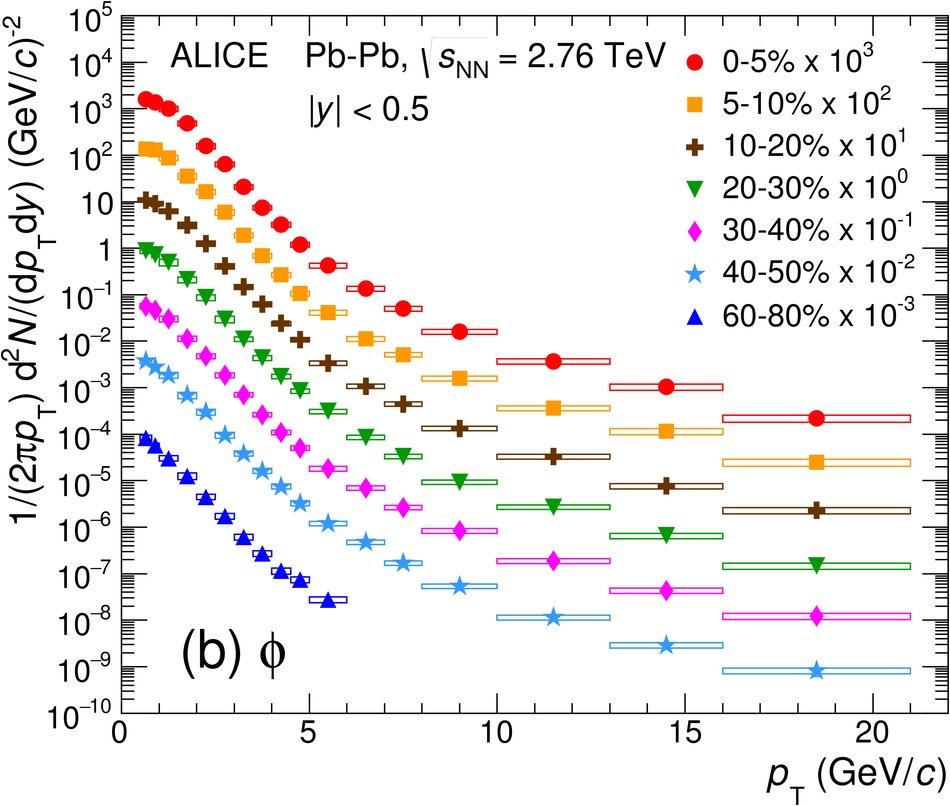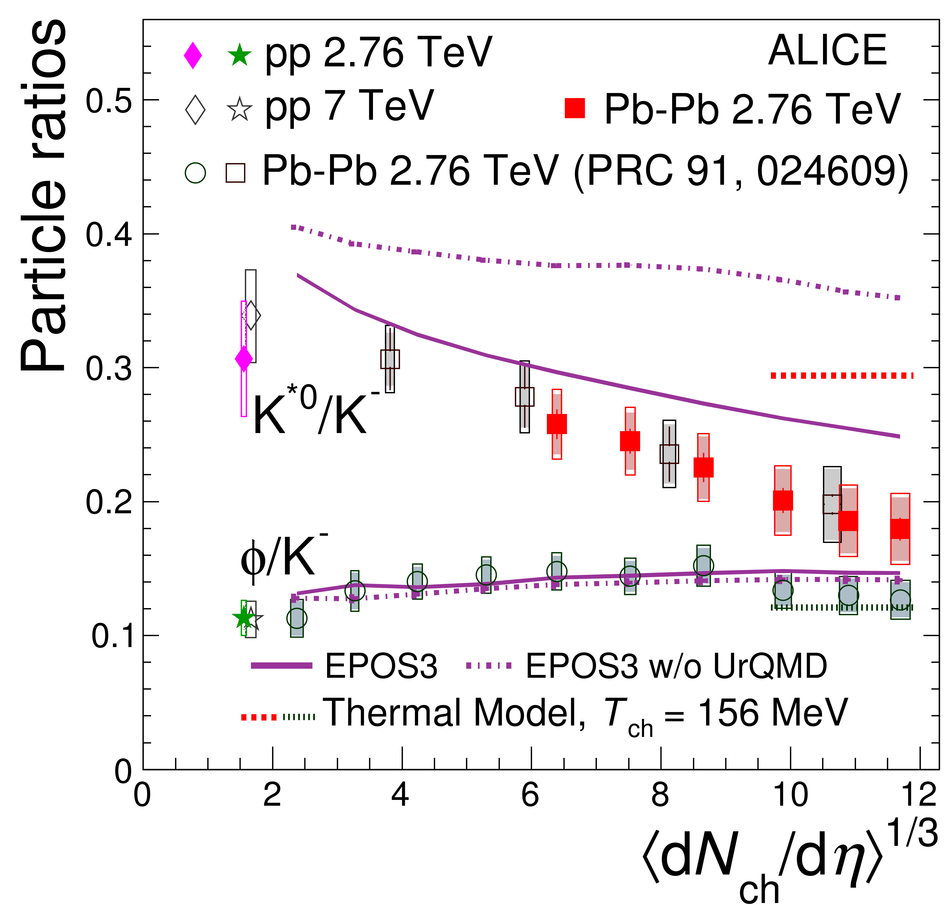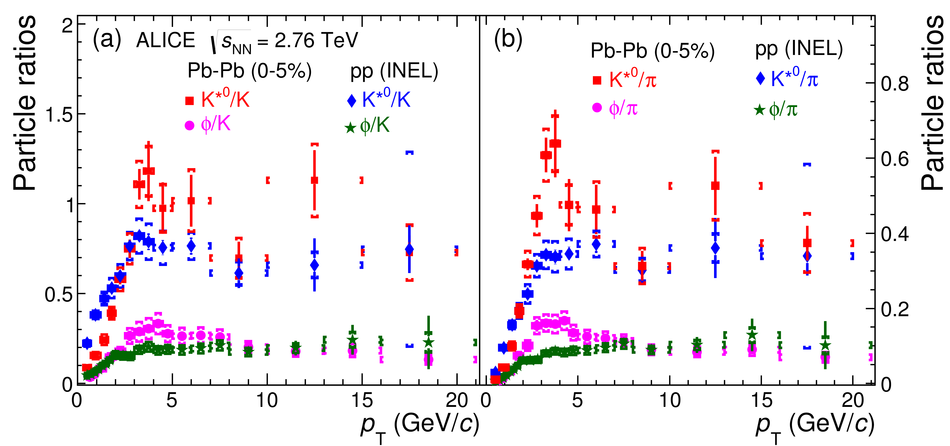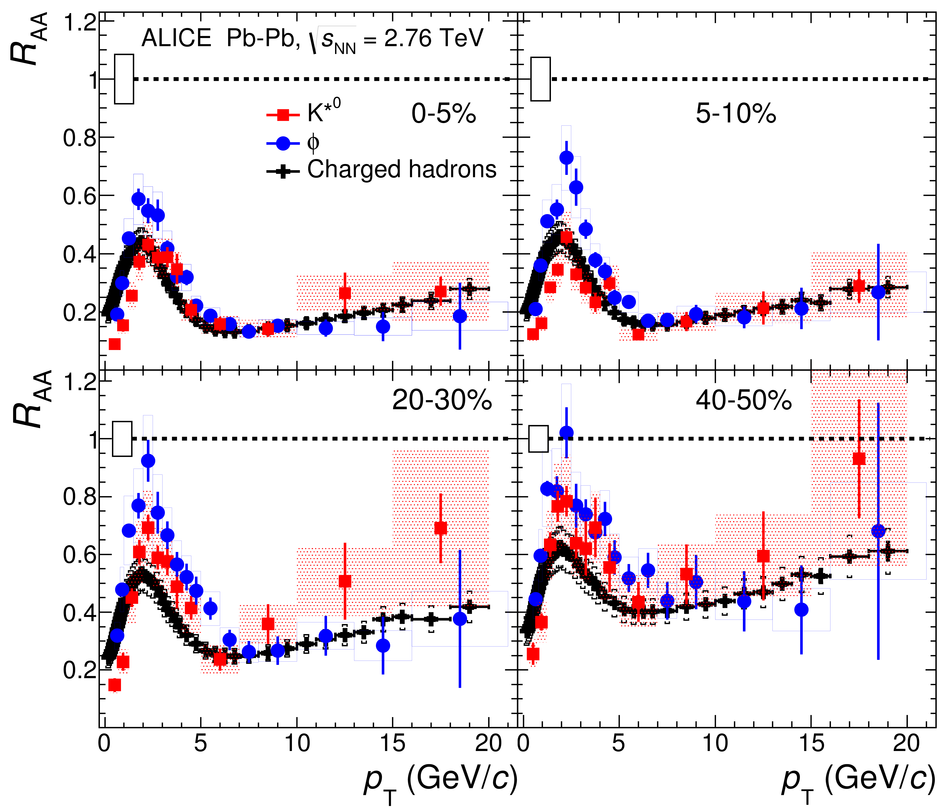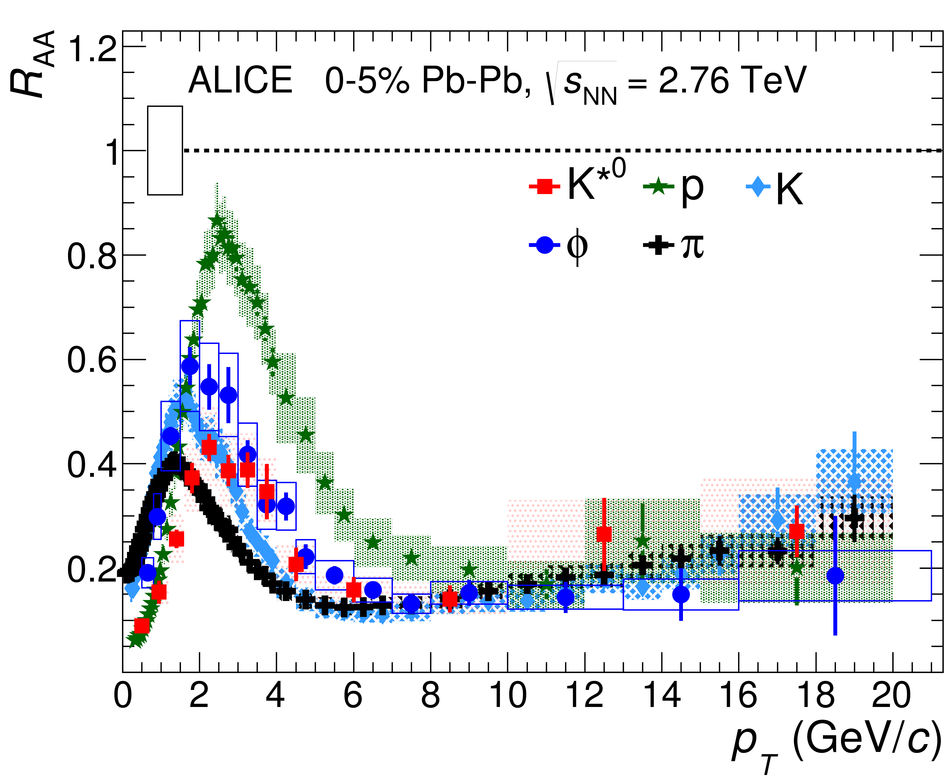The production of K$^{*}(892)^{0}$ and $\phi(1020)$ mesons in proton-proton (pp) and lead-lead (Pb-Pb) collisions at $\sqrt{s_\mathrm{NN}} =$ 2.76 TeV has been analyzed using a high luminosity data sample accumulated in 2011 with ALICE detector at the Large Hadron Collider (LHC). Transverse momentum ($p_{\mathrm{T}}$) spectra have been measured for K$^{*}(892)^{0}$ and $\phi(1020)$ mesons via their hadronic decay channels for $p_{\mathrm{T}}$ up to 20 GeV/$c$. The measurements in pp collisions have been compared to model calculations and used to determine the nuclear modification factor and particle ratios. The K$^{*}(892)^{0}$/K ratio exhibits significant reduction from pp to central Pb-Pb collisions, consistent with the suppression of the K$^{*}(892)^{0}$ yield at low $p_{\mathrm{T}}$ due to rescattering of its decay products in the hadronic phase. In central Pb-Pb collisions the $p_{\mathrm{T}}$ dependent $\phi(1020)/\pi$ and K$^{*}(892)^{0}$/$\pi$ ratios show an enhancement over pp collisions for $p_{\mathrm{T}}$ $\sim$3 GeV/$c$, consistent with previous observations of strong radial flow. At high $p_{\mathrm{T}}$, particle ratios in Pb-Pb collisions are similar to those measured in pp collisions. In central Pb-Pb collisions, the production of K$^{*}(892)^{0}$ and $\phi(1020)$ mesons is suppressed for $p_{\mathrm{T}}> 8$ GeV/$c$. This suppression is similar to that of charged pions, kaons and protons, indicating that the suppression does not depend on particle mass or flavor in the light quark sector.
Phys. Rev. C 95 (2017) 064606
HEP Data
e-Print: arXiv:1702.00555 | PDF | inSPIRE
CERN-EP-2017-010


